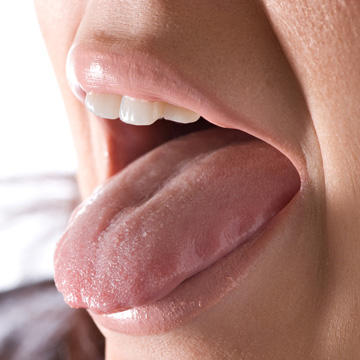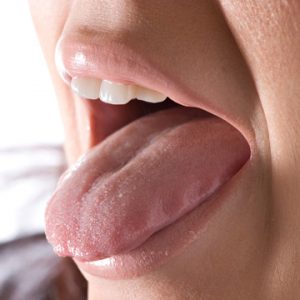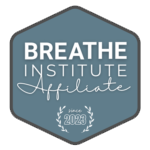
 San Francisco, Marin, and Oakland, CA
San Francisco, Marin, and Oakland, CA
Tongue thrust is a disorder that affects tooth alignment, jawbone, palate and airway development, and can even impact how you look. It is not uncommon for tongue thrust to cause delayed speech or speech impediments, picky eating, and mouth breathing. While tongue thrust poses multiple health implications, it can be treated. Today on the blog, find out how to tell if you have tongue thrust and learn about treatment options.
Tongue thrust develops during childhood and remains into adulthood unless treated. You may have tongue thrust if you experience or have any of the following symptoms.
- Crooked, gapped, misaligned teeth
- Open bite (front teeth do not touch even when back teeth are together)
- Mouth breathing
- Snore
- Sleep apnea
- TMJ disorder or jaw joint discomfort
- Allergies or chronic nasal congestion
- Elongated or narrow face
- A recessed or weak chin
- Lip impotence (inability to maintain closed mouth posture with lips together)
- Picky eating habits
- Sensitive gag reflex
- Poor oral rest posture (mouth open, tongue lies in the bottom of the mouth instead of the palate)
- Learning difficulties
- Speech impediment
- Delayed speech
These symptoms may be evident in individuals without tongue thrust. However, if your tongue does not rest along the roof of your mouth or it pushes against the backside of your front teeth when you swallow, and you experience any of the above symptoms, you could have tongue thrust. Someone with tongue thrust also chews with their mouth open and shows their food when eating. They may also gag easily because the tongue isn’t moving food to the back of the throat properly (hence why they may also be a picky eater). If you’re an adult living with these issues or believe that you might have tongue thrust, schedule a consult with Glen Park Dental.
What can be done about tongue thrust?
One of the most common treatments for tongue thrust is to address the problem at the source. If you have a bad bite (crooked or misaligned teeth) and had braces as a kid, but your tongue thrust issue was never addressed, you likely had orthodontic relapse, which means your teeth became misaligned years later. The reason this occurs is that the true cause of your misaligned bite – the tongue, was never addressed.
Myofunctional therapy is one of the most common treatments for tongue thrust. Like physical therapy for the mouth, tongue, and neck muscles, myofunctional therapy consists of specific strengthening exercises to train the orofacial muscles (including the tongue) to function properly. Myofunctional therapy encourages proper oral rest posture (with the lips together, teeth closed, and tongue against the upper palate), correct swallow patterns, and promotes nasal breathing (instead of breathing through the mouth).
Why tongue thrust is bad for your health
The effects of tongue thrust go beyond affecting how you speak or look. Untreated tongue thrust may result in a higher risk of cavities, gum disease, and sleep apnea. Each of these concerns has a direct link to your overall health. Specifically, tongue thrust is likely to cause mouth breathing, snoring, and sleep apnea, which increases the risk of cardiovascular disease, diabetes, and dementia. Thankfully, there is help!
Myofunctional Therapy in the Bay Area
If you are an adult with tongue thrust or you have a child that has improper tongue posture, schedule a consultation with a Bay Area myofunctional therapist at Glen Park Dental. To schedule your consultation, please call (415) 585-1500. Your treatment plan is designed to meet your unique needs and get your smile and health back on track.


